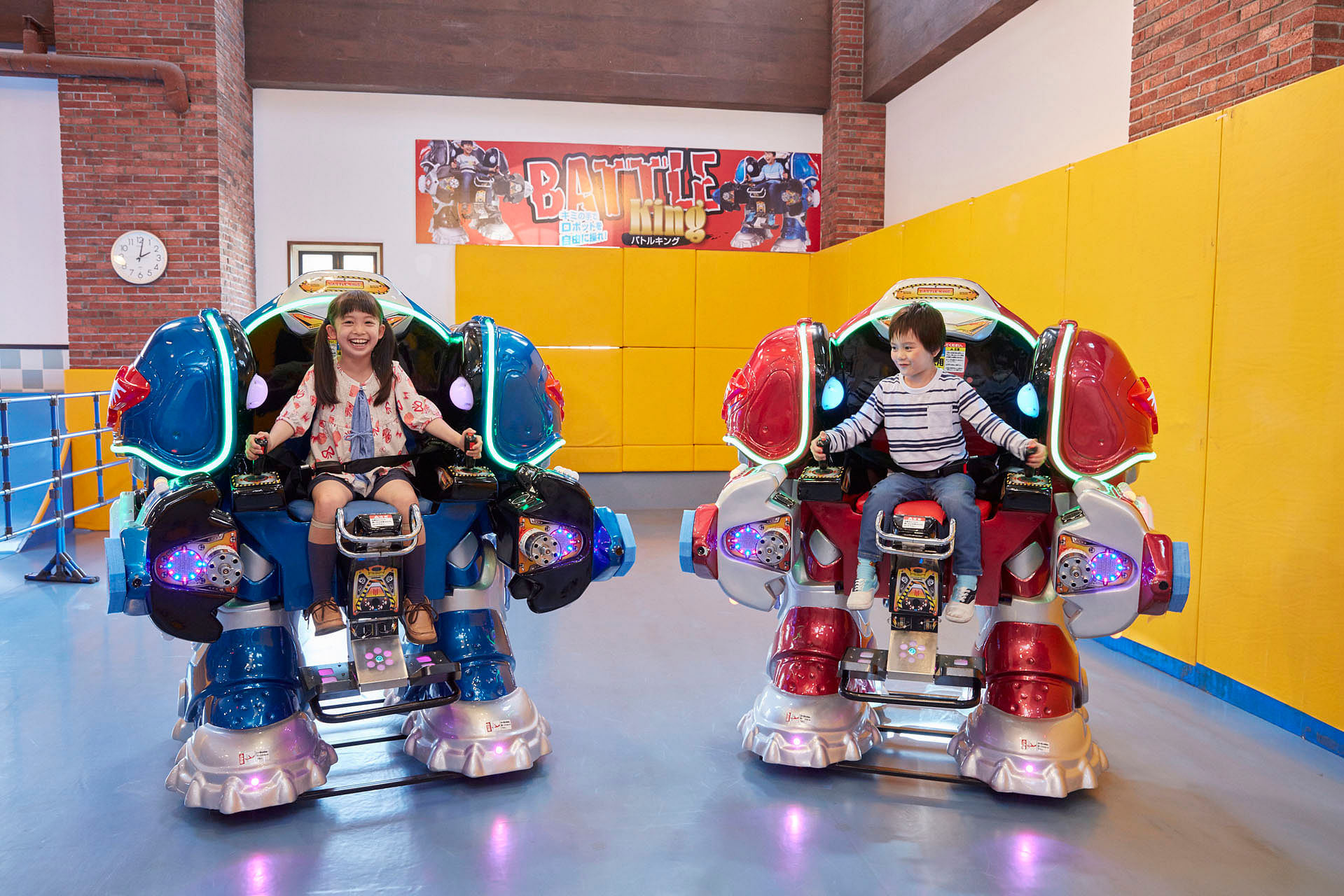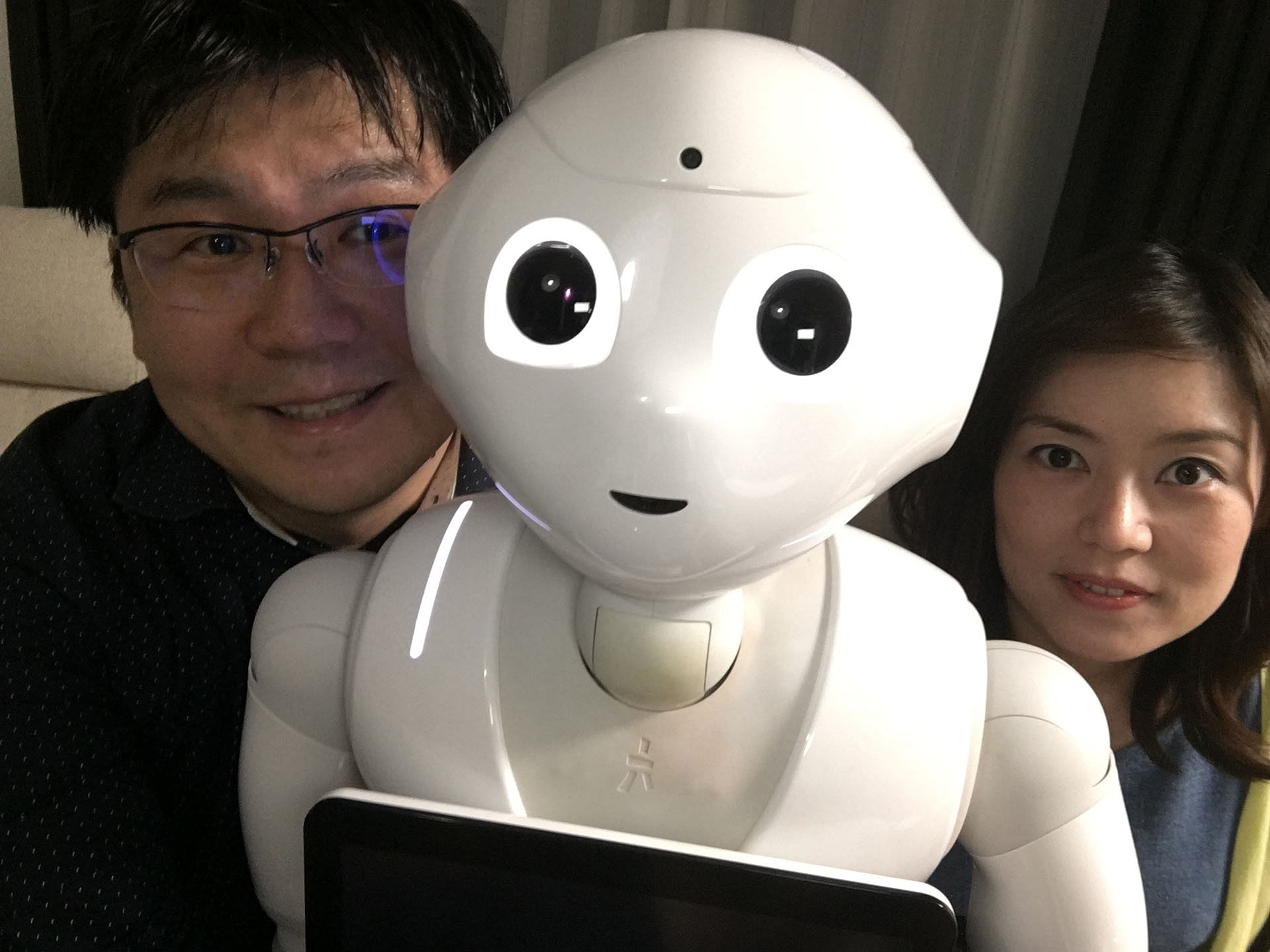TOKYO • Come 2020 when the Olympic Games are held in Tokyo, drone deliveries, driverless taxis, and home robots will be the norm in one part of Japan.
Visitors will see a beeline of drones in the sky in Chiba prefecture, just an hour away from the capital by train.
At the designated drone zone, to be called Drone City, there will be around 200 of these flying robots whizzing through the air across a 10km distance at any one time, delivering goods from warehouses in Tokyo Bay to apartments that come with built-in landing ports for delivery drop-offs.
Leading drone expert and pioneer, Dr Kenzo Nonami of Chiba University, is looking forward to living in such an apartment in Drone City, due for completion in three years' time.
"If you don't like drones, don't live there," quipped Dr Nonami, who has helped develop drone technology over the past 20 years, and who painted the 2020 vision to The Straits Times.
He first researched drones for mine detection, which requires a hovering device. Now, Dr Nonami and his team have developed drones that have the ability to do simultaneous 3D mapping of the surroundings and navigate within enclosed spaces - a function that proved extremely helpful in 2011 for inspecting damaged nuclear power plants after the Tohoku earthquake and tsunami.
"It will be like a conveyor belt of drones in the sky," Dr Nonami said in an interview at his office in Chiba University.

This drone network will help to reduce the traffic of some 100 trucks that use the highway every day by 30 to 40 per cent.
The Drone City is the result of a joint idea proposed to the Japanese government by Chiba City and Chiba University.
"We hope people will come to see the Olympics and the Drone City," Dr Nonami said.

And in order to meet the expected demand for professional drone drivers, a private high school in Tokyo is launching a three-year Drone & Robotics course in April next year, in anticipation of a market expected to expand by 600 per cent over the next five years.
ROBOT REPLACEMENTS
Japan has always had a fascination with the potential of robots, which can be traced back to the 1960s anime boom when Astro Boy - an android boy - launched into Japan's subculture.

Now, with a rapidly ageing population, robots also play a practical role: they fill a void, both manpower and emotional, left by this demographic trend.
Japan remains one of the world's top suppliers of industrial robots, and is now a pacesetter in the drone industry as well.
Drones, as with other types of robots, have become a part of daily life for work and play in Japan. They are used for spraying pesticides or fertilisers in farms, checking power lines in dangerous terrains, for filming, and just to fly for fun.
Lying in disuse in a corner of Dr Nonami's office, however, is Aibo - Sony's robotic dog. Launched in 1999, it was left to rust in peace after the series became defunct in 2005.
"It can't replace the real thing," said Dr Nonami.

Still, with the development of artificial intelligence and the Internet of Things - where devices are connected to each other and exchange information - robots are slowly but surely competing with humans in various roles, from transport and delivery, service and hospitality, to even care and companionship.
Tokyo-based company Robot Taxi aims to launch driverless taxi services in 2020 for people who can't drive due to disabilities, age or other reasons.
Said a Robot Taxi spokesman: "This will be a new means of safe and affordable transport for people in rural areas with limited numbers of buses, taxis and drivers."
Media demonstrations were carried out during the Group of Seven Ise-Shima Summit in Mie Prefecture this May. In February, a successful trial was carried out in Kanagawa Prefecture , where 10 participants were ferried, on separate trips, by Robot Taxi to a mall about 2.4km away.
Meanwhile, in Nagasaki Prefecture, Henn-na Hotel (which literally means "Strange Hotel" in Japanese, though the hotel prefers the nuance of "different") is the world's first hotel to be staffed mainly by robots.
It started welcoming guests with humanoid bows and smiles in July last year. Some 160 robots in various shapes and sizes do everything from manning the concierge to delivering luggage and cleaning rooms.
The hotel, which has 154 rooms, already has plans to launch a branch in Chiba prefecture next March - with six floors, 100 rooms and similarly staffed by robots.
"Our robot staff give consistently good service to all guests, without rest or complaint. They are fully capable of handling the process of check-in and check-out without any human supervision, and our guests find their individual quirks very entertaining," said a spokesman for Huis Ten Bosch, the group that runs the hotel.
But the spokesman added that the robots are not so efficient when it comes to bed-making or doing cleaning that involves water.
That is where humans come in.
There are 12 human workers to perform these tasks. The hotel found that overall efficiency has risen and no additional manpower is needed even after the addition of a new tower in March.
"For areas such as Nagasaki, which is facing a shortage of manpower, there is no worry of robots taking over human jobs. Rather, with the help of robots, humans can take on a wider role in various fields," said the spokesman. A total of 1,200 human employees are employed by the hotel chain.
And the robot theme is a hit with its guests. The hotel has a futuristic restaurant, with automated chefs frying up okonomiyaki (Japanese savoury pancakes), fried rice and donuts. IBM's cognitive robot Watson serves as a concierge staff member offering menu recommendations, while a humanoid bartender mixes drinks.
There is also an experience museum called the "House of Robots" where visitors can try their hand at flying drones and interacting with communication, care and companion robots meant for domestic use.
BUY A BOT
Driven by the growing interest in the use of robots, Takashimaya Shinjuku Department Store held a "Living with Robots Fair" for the first time in August.
Over 100 types of robots were on display, from the RoBoHon - a mobile phone in the shape of a cute robot - to the Telenoid, an eerily realistic human-like robot made of silicon that transmits the speech and facial expression of the person that one is talking to, which is meant to help those communicating across distances feel closer.
One of the bestselling robots was the 34cm-tall Robi Junior costing 15,000 Japanese yen (S$190) excluding tax, a mini talking, singing and dancing robot that has a stock of around 1,000 phrases and can understand some conversation.
Also on display was its larger counterpart at 120cm, Pepper, created by telecommunications provider Softbank.
Pepper can talk in an endearing manner, gesticulate and whizz around on wheels. It comes with an "emotion engine" that gives it the semblance of having feelings when interacting with humans.
And Pepper is looking for work.
After rolling out Pepper for domestic use in 2014, Softbank is promoting Pepper for business. This version comes with various new applications that enable Pepper to make presentations, take feedback, handle customer requests and also call out to customers.
Pepper will work for around 55,000 Japanese yen a month - the monthly fee that the business needs to pay for renting it.
One boutique hair salon, Percut, has employed Pepper as a receptionist and hair style consultant.
"We programmed Pepper to ask the customer four questions, and based on that it will recommend the most suitable hairstyle out of 64 types," said Mr Tatsuya Kawaguchi, owner of Percut hair salon.
"Our clients are surprised to see Pepper at first, but find it entertaining to talk to," said Mr Kawaguchi.
Asked whether Pepper may one day try its hand at cutting hair or coiffuring, Mr Kawaguchi said: "Though that is not good news for hairstylists, that day will definitely come when robots will be able to think of a good hairstyle and be able to execute it. But for now, even if robots can make the right movements, they can't do a good haircut."
As for home companionship, IT journalist Tsusumu Ishikawa, who has lived with a Pepper unit for over a year, conceded that Pepper is a bit of a white elephant as it doesn't help with housework and is rather big relative to the size of his home.
"That said, my wife and I have developed some sort of attachment to it," added Mr Ishikawa.
